On this page, you can expect to find a comprehensive zoology vocabulary list along with links to games, flashcards, and other resources to help you study and master the subject. Explore the various terms and concepts related to zoology in an interactive and engaging way to enhance your understanding of the topic.
Zoology is the branch of biology that focuses on the study of animals, including their behavior, physiology, genetics, and habitats. Zoologists play a crucial role in understanding and conserving the diverse range of species that inhabit our planet. By studying animals in their natural environments, zoologists can make important contributions to fields such as wildlife conservation, veterinary science, and evolutionary biology. If you are passionate about animals and the natural world, a career in zoology could be the perfect fit for you.
Practice & Reinforce Your Learning
Zoology Vocabulary List
Mammalogy
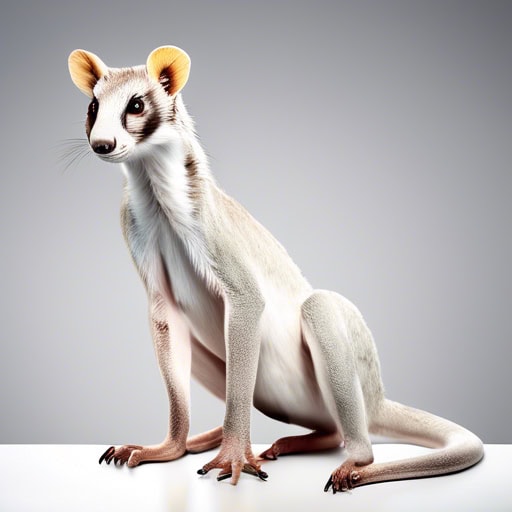
- The taxonomy of mammals is constantly evolving as new species are discovered and relationships between existing species are better understood.
- In order to accurately classify mammals, mammalogists use a combination of morphological, genetic, and behavioral characteristics.
- Taxonomy plays a crucial role in conservation efforts by helping to identify and protect endangered species.
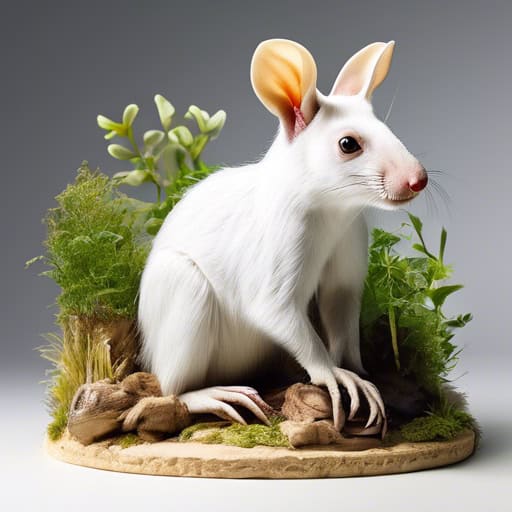
- The destruction of their natural habitat has led to a decline in the population of the endangered species.
- Conservation efforts are being made to protect the habitat of the native birds in the area.
- The construction of new buildings has encroached upon the habitat of the local wildlife.

- The lion is known as the king of the carnivores in the animal kingdom.
- A polar bear is a large carnivore that primarily hunts seals for its food.
- Some people believe that humans are natural carnivores because of our teeth and digestive system.

- The elephant is a well-known herbivore that mainly feeds on grasses and leaves.
- Deer and rabbits are also examples of herbivores that rely on plants for sustenance.
- Herbivores play an important role in maintaining ecological balance by regulating plant populations.

- The bear is an example of an omnivore that eats berries, fish, and small animals.
- Omnivores play a crucial role in maintaining the balance of ecosystems by consuming a variety of food sources.
- Humans are considered omnivores because they can eat both meat and vegetables.

- The conservation efforts have been implemented to protect the endangered species in the area.
- The habitat destruction is the main reason why many animals are now considered endangered.
- Scientists are studying the behavior and biology of endangered species to develop effective conservation strategies.
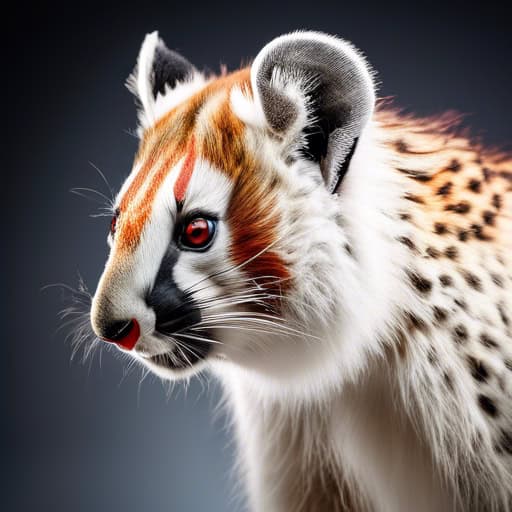
- The preservation of biodiversity is crucial for maintaining a healthy ecosystem.
- Researchers are studying the effects of climate change on biodiversity in the rainforest.
- Conservation efforts are being implemented to protect the biodiversity of marine species.
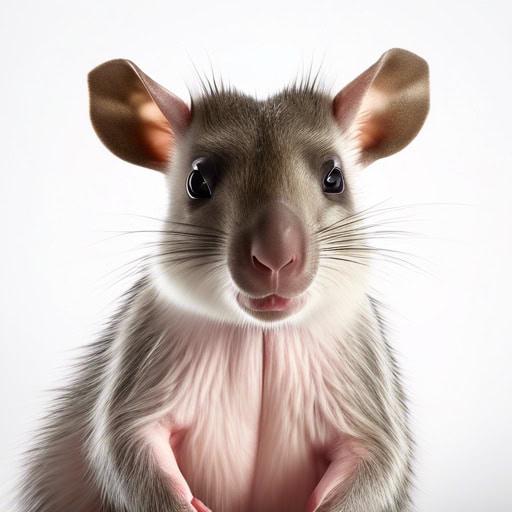
- There are over 5,400 different species of mammals on Earth.
- Whales, dolphins, and elephants are all examples of marine mammals.
- Humans are also classified as mammals due to their characteristics such as nursing their offspring.
Ornithology

- The robin built its nest in the tree outside my window.
- The mother bird carefully lined the nest with soft feathers.
- I watched as the baby birds chirped eagerly from their nest, waiting for their parents to return with food.
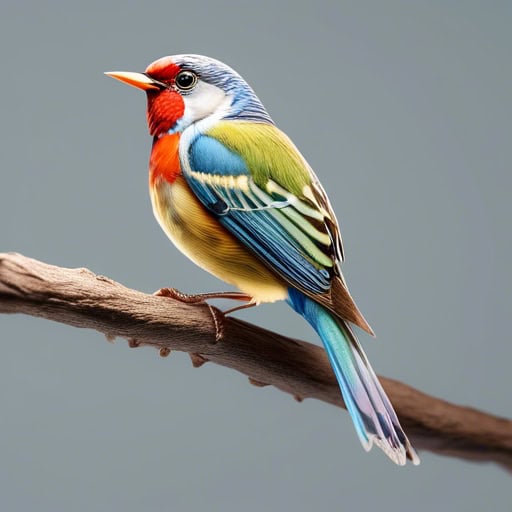
- The songbird perched on the branch and filled the air with its beautiful melody.
- During the early morning hours, the songbird's singing could be heard echoing through the forest.
- The songbird's vibrant plumage stood out against the green leaves of the tree.

- The feathers of a peacock are known for their vibrant colors and iridescent shine.
- She found a beautiful feather on the forest floor and decided to keep it as a souvenir.
- The owl's feathers were so soft and fluffy to the touch, making it a favorite among bird enthusiasts.
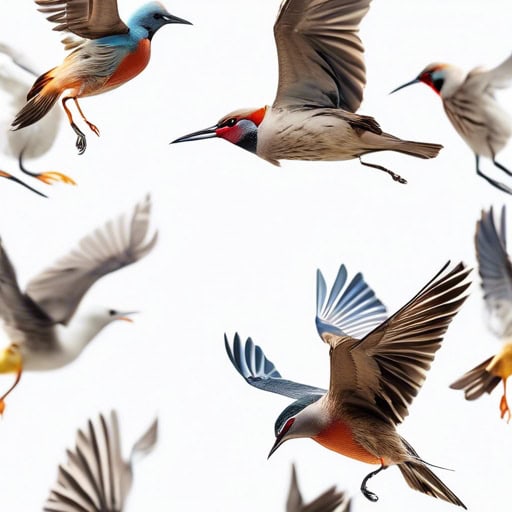
- During the spring migration, thousands of geese fly north to their breeding grounds.
- The monarch butterfly migration is a spectacular sight as they travel thousands of miles to Mexico.
- Scientists study the patterns of migration to better understand the behavior of different bird species.
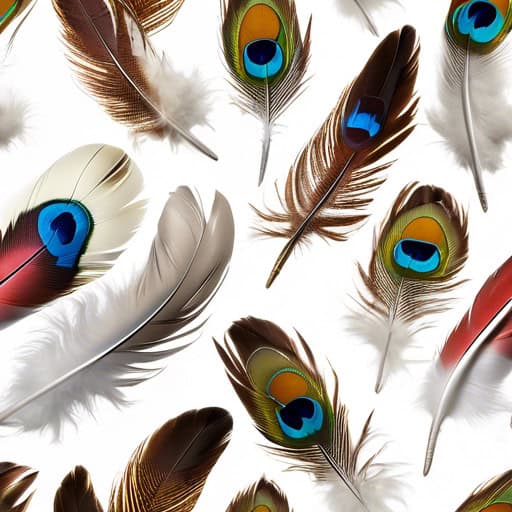
- The male peacock displayed his vibrant plumage to attract a mate.
- The birdwatcher carefully observed the intricate plumage of the rare species.
- The ornithologist noted the subtle differences in plumage between the two similar bird species.
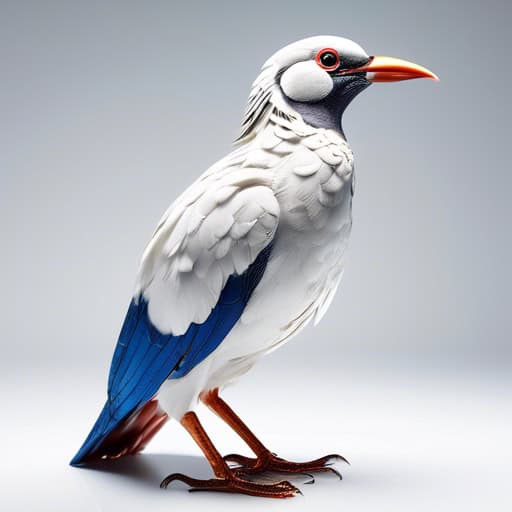
- The research team studied the avian population in the forest to determine their migration patterns.
- The avian flu outbreak in the region raised concerns among farmers and health officials.
- Ornithologists use specialized equipment to track avian behavior and communication in the wild.
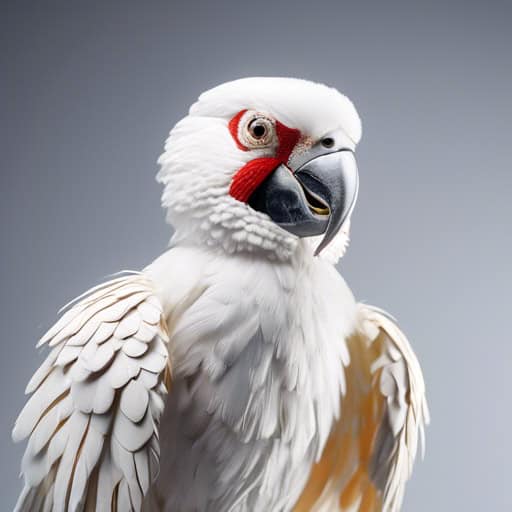
- Birds migrate south for the winter to escape the cold temperatures.
- In the early morning, the birds chirped happily outside my window.
- I love watching the colorful birds at the bird feeder in my backyard.
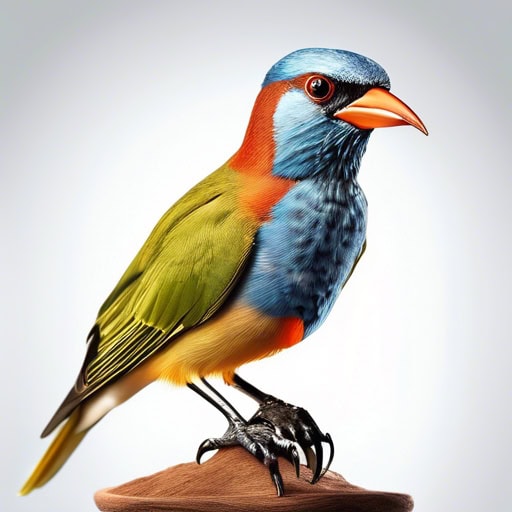
- The professor specializes in ornithology and has published numerous research papers on bird behavior.
- Many students who are interested in ornithology participate in bird-watching excursions to observe different species in their natural habitats.
- The museum's ornithology exhibit features a wide variety of bird specimens, showcasing the diversity of avian life.
Herpetology
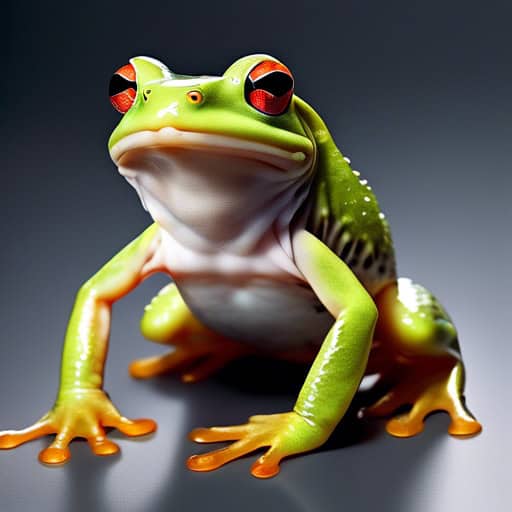
- Amphibians such as frogs and salamanders are important indicators of environmental health.
- Many amphibians rely on both aquatic and terrestrial habitats throughout their life cycle.
- The decline in amphibian populations around the world is a cause for concern among conservationists.

- The reptile exhibit at the zoo features a variety of snakes, lizards, and turtles.
- I saw a large reptile sunning itself on a rock near the river.
- Some people keep reptiles as pets, such as bearded dragons and ball pythons.
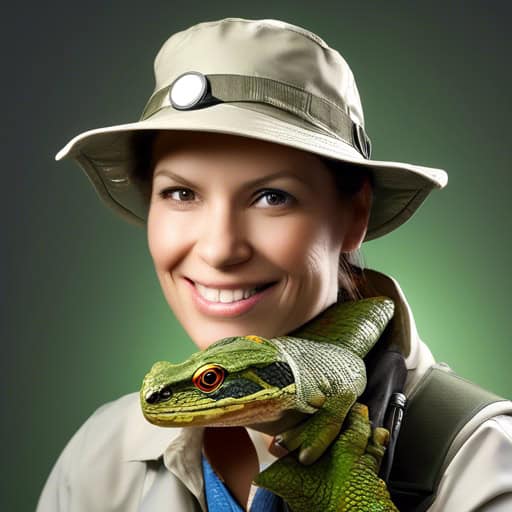
- The herpetologist spent years in the field observing the mating rituals of snakes.
- After earning her PhD in biology, she decided to pursue a career as a herpetologist.
- The herpetologist's research on amphibian populations helped inform conservation efforts in the region.
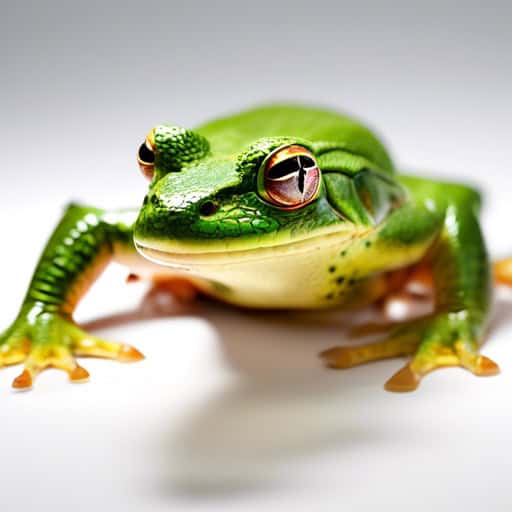
- The course focused on the interconnections within ecosystems and the importance of conservation in maintaining biodiversity.
- Ecology plays a crucial role in understanding the delicate balance of nature and the impact of human activities on the environment.
- The researcher's work in ecology shed light on the effects of pollution on aquatic ecosystems and the need for sustainable practices.

- The snake injected its venom into the mouse, paralyzing it instantly.
- Scientists study the composition of venom to develop antivenom for snakebite victims.
- The venom of some reptiles can be deadly to humans if not treated immediately.
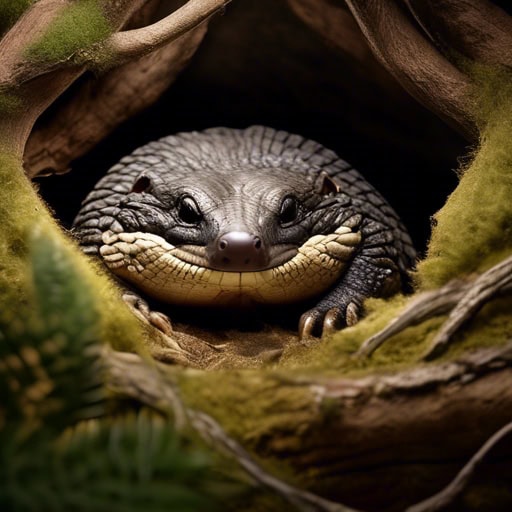
- The turtle entered hibernation in its burrow to conserve energy throughout the cold winter months.
- During hibernation, the snake's heart rate and breathing slowed down significantly.
- Some frogs in colder climates undergo hibernation to survive harsh winter conditions.

- The chameleon's ability to change color and blend in with its surroundings is a form of camouflage.
- Certain snakes have patterns on their scales that help them camouflage in their natural habitat.
- The frog's green skin allows it to camouflage among the leaves and plants in the forest.
Ichthyology

- The Amazon rainforest is home to a vast number of unique plant and animal species.
- Scientists are still discovering new species in the depths of the ocean.
- The conservation efforts aim to protect endangered species from extinction.

- Ichthyologists study the ecology of fish populations to better understand their behavior and how they are affected by environmental changes.
- The field of ecology plays a crucial role in conservation efforts to protect fish species and their habitats.
- Understanding the ecology of fish is essential for sustainable management of fisheries and aquatic ecosystems.

- The study of animal behavior in ichthyology helps researchers understand the ecological and evolutionary implications of different fish species.
- Aggressive behavior is often observed in territorial fish defending their nesting sites or food resources.
- Certain fish species exhibit migratory behavior, traveling long distances to find suitable breeding grounds or better feeding opportunities.

- The anatomy of a fish species includes its skeletal structure, muscle arrangement, and digestive system.
- Ichthyologists use their knowledge of fish anatomy to identify different species and understand their behavior.
- The study of fish anatomy is crucial for conservation efforts and fisheries management.

- The marine biologist studied the behavior of various marine species in their natural habitats.
- The research vessel set sail to explore the marine ecosystem in the Pacific Ocean.
- The aquarium showcased a wide variety of colorful marine fish from around the world.

- The fish swam gracefully through the clear blue water.
- I enjoy eating grilled fish with lemon and herbs.
- The fisherman proudly displayed his record-breaking catch for all to see.

- Ichthyology is a fascinating field that allows scientists to gain a better understanding of the vast diversity of fish species.
- Students studying Ichthyology often spend countless hours in the lab examining fish specimens and learning about their unique adaptations.
- The research conducted in Ichthyology can help inform conservation efforts and management strategies to protect fish populations.

- The freshwater lake was teeming with colorful fish and surrounded by lush vegetation.
- The river was crystal clear and provided a refreshing escape from the summer heat.
- The pond was a peaceful spot to observe turtles basking in the sun and ducks swimming gracefully.
Entomology

- Entomology is a fascinating field of study that delves into the intricate world of insects.
- Many entomologists spend countless hours in the field observing and collecting different species.
- The study of entomology is crucial for understanding the role insects play in various ecosystems.

- In the summer, the garden is filled with buzzing insects searching for nectar.
- The children were fascinated by the colorful insects crawling on the forest floor.
- The entomologist carefully studied the intricate patterns on the wings of the tiny insect.

- The arthropod scuttled across the forest floor, its many legs moving in a synchronized dance.
- I carefully observed the intricate patterns on the exoskeleton of the arthropod under the microscope.
- The diverse world of arthropods includes everything from tiny ants to massive crabs living in the depths of the ocean.

- The entomologist spent years researching the mating habits of butterflies in tropical rainforests.
- After earning her PhD in entomology, she became a respected entomologist known for her work on pest control.
- The entomologist was thrilled to discover a new species of beetle during her expedition in the Amazon.

- Beetles belong to the order Coleoptera, which is the largest order of insects in the world.
- Coleoptera insects have a unique elytra that covers their delicate hindwings, providing protection.
- There are over 350,000 species of beetles within the Coleoptera order, making them a diverse group of insects.

- Lepidoptera is a diverse order of insects that play a crucial role in pollination.
- Butterflies and moths are both part of the Lepidoptera group.
- Scientists study the intricate life cycles of Lepidoptera species to better understand their behavior and ecology.

- Hymenoptera is a diverse order of insects that play crucial roles in ecosystems around the world.
- Bees, ants, and wasps are all members of the Hymenoptera order.
- The complex social behaviors exhibited by Hymenoptera species have fascinated scientists for centuries.

- Diptera are known for their ability to transmit diseases such as malaria and dengue fever.
- The order Diptera includes over 150,000 species of flies and mosquitoes.
- One key characteristic of Diptera is their halteres, which are modified hindwings used for balance during flight.
Arachnology
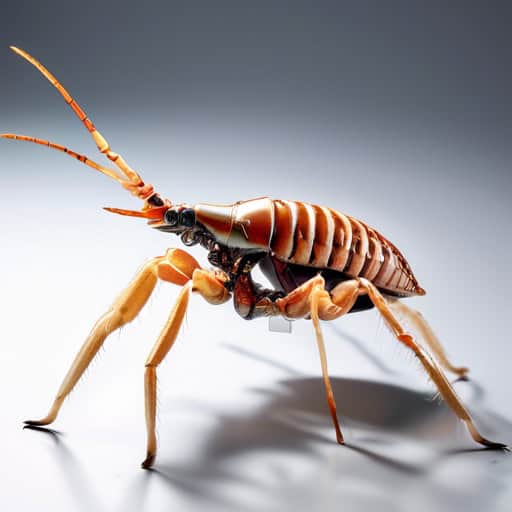
- Arthropods have a hard exoskeleton that protects their bodies.
- Some arthropods, such as spiders, use venom to catch their prey.
- Crustaceans are a type of arthropod that includes lobsters, crabs, and shrimp.
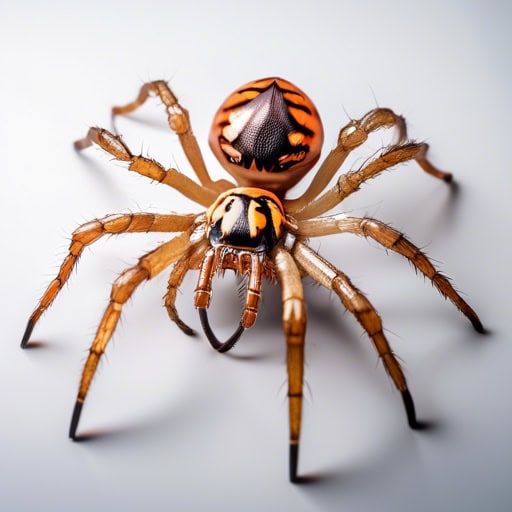
- I have such severe arachnophobia that I can't even look at pictures of spiders without feeling anxious.
- My friend's arachnophobia is so intense that she had to leave the room when a tiny spider crawled across the floor.
- The movie "Arachnophobia" gave me nightmares for weeks after watching it.
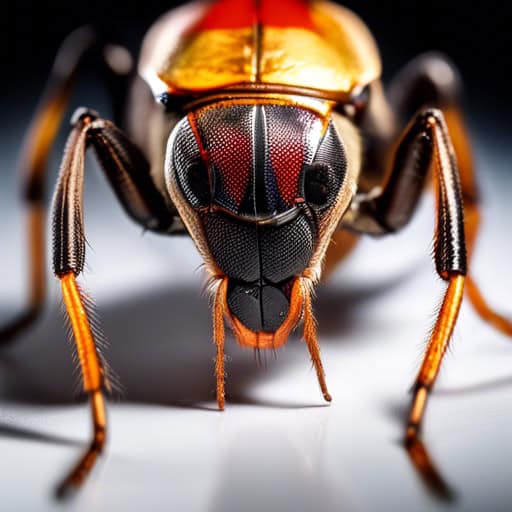
- Entomology is the branch of zoology that deals with the study of insects.
- The entomology department at the university conducts research on various insect species.
- She decided to pursue a career in entomology after developing a fascination with butterflies and beetles.
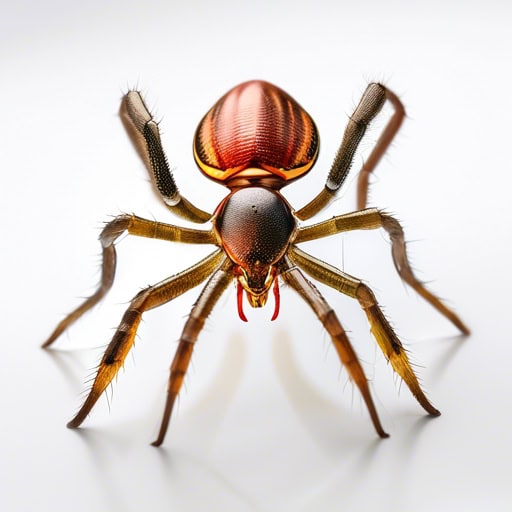
- The spider extended its chelicerae to grasp the struggling fly with precision.
- Scorpions use their chelicerae to inject venom into their prey before consuming it.
- The intricate design of the chelicerae allows spiders to efficiently capture and immobilize their prey.
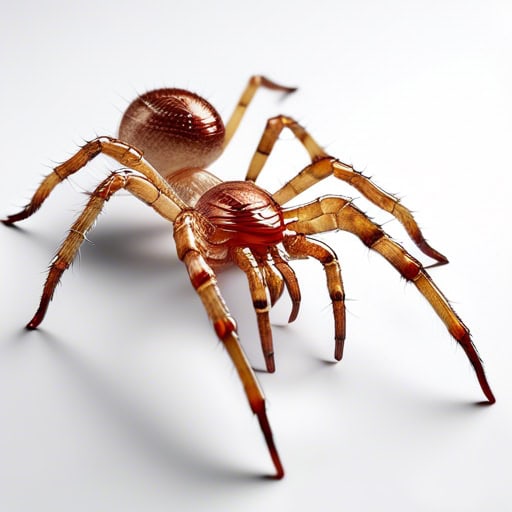
- The spider carefully moved its spinnerets to create a strong web to catch its prey.
- After mating, the female spider will use her spinnerets to create an egg sac to protect her offspring.
- Spiders use their spinnerets to create intricate safety lines as they navigate their environment.
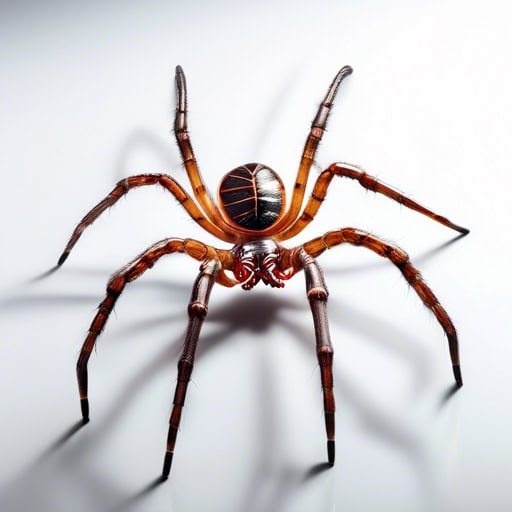
- The arachnid crawled slowly across the wall, its eight legs moving in perfect unison.
- I have always been fascinated by the diversity of arachnids found in nature, from tiny mites to large tarantulas.
- Arachnids play a crucial role in ecosystems by controlling insect populations and serving as a food source for other animals.
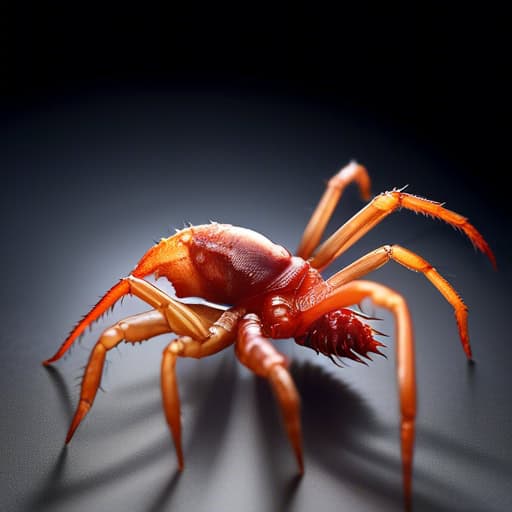
- The scorpion uses its pedipalps to handle and manipulate its prey before consuming it.
- Some spiders use their pedipalps to transfer sperm during mating.
- Tarantulas use their pedipalps to feel and taste their surroundings as they move.
Parasitology
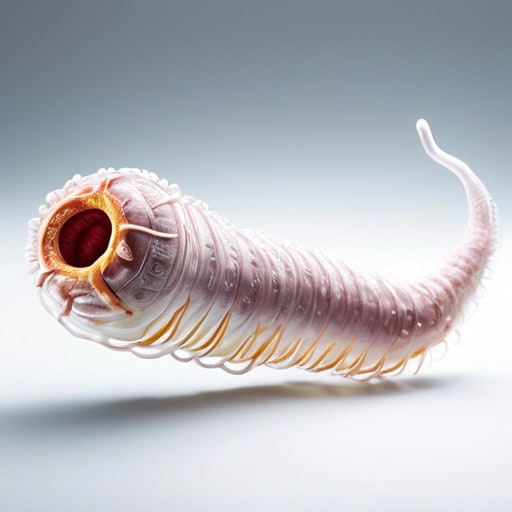
- Helminths are a diverse group of parasitic worms that can cause a range of diseases in humans and animals.
- Studying helminths is essential for understanding their life cycle and developing effective control measures.
- The parasitology lab conducted a study on the prevalence of helminth infections in local wildlife.
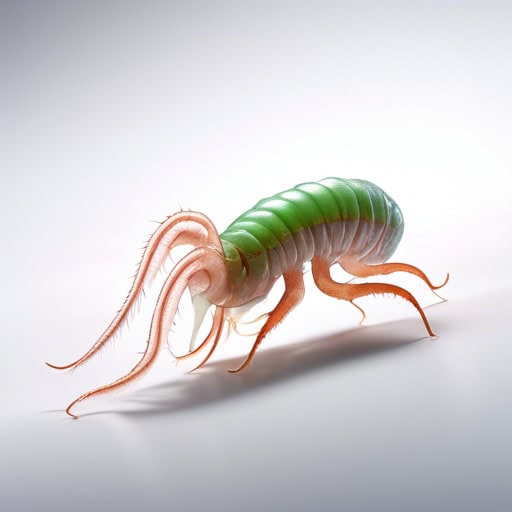
- The veterinarian diagnosed the dog with a severe infestation of ectoparasites.
- After hiking in the woods, I found several ticks on my clothes, which are considered ectoparasites.
- The exterminator recommended treating the house for ectoparasites after discovering a flea infestation.

- Protozoa are microscopic single-celled organisms that are commonly found in water and soil.
- Some species of protozoa can cause parasitic infections in humans and animals.
- Protozoa are classified as eukaryotes due to their complex cellular structure.

- The doctor prescribed antibiotics to treat the bacterial infection.
- She developed a skin infection after scratching a mosquito bite.
- The spread of infection can be prevented by practicing good hygiene.

- The mosquito is a common vector for diseases such as malaria and dengue fever.
- Ticks are known to be vectors for Lyme disease, transmitting the bacteria through their bite.
- Fleas can act as vectors for tapeworms, passing the parasites to pets through ingestion.

- The host organism is essential for the survival and reproduction of the parasite.
- The host's immune system plays a critical role in defending against invading parasites.
- Some parasites can manipulate the behavior of their host to increase their own chances of survival.
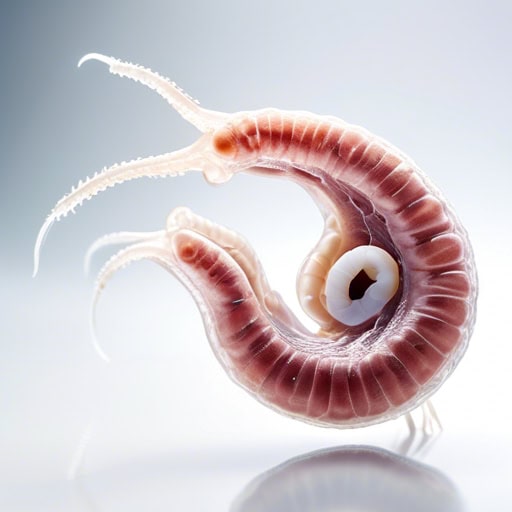
- The tapeworm is a common parasite that lives in the intestines of its host.
- Parasites can cause harm to their hosts by draining nutrients and causing illness.
- Ticks are external parasites that feed on the blood of their hosts.
Ethology
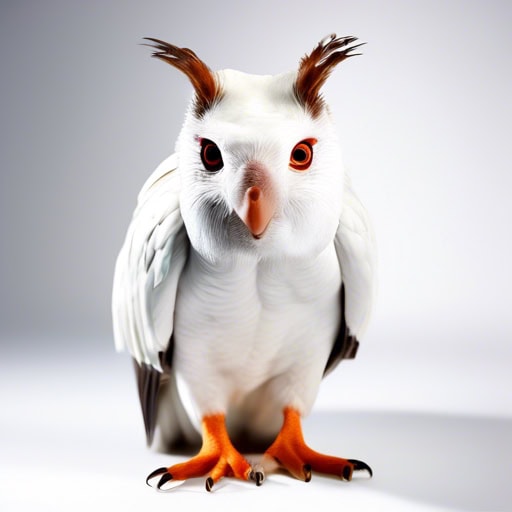
- Ethology is a fascinating field that seeks to understand why animals behave the way they do.
- Researchers in ethology often use observational methods to study animal behavior in their natural environments.
- The study of ethology has provided valuable insights into how behaviors evolve and adapt in different species.
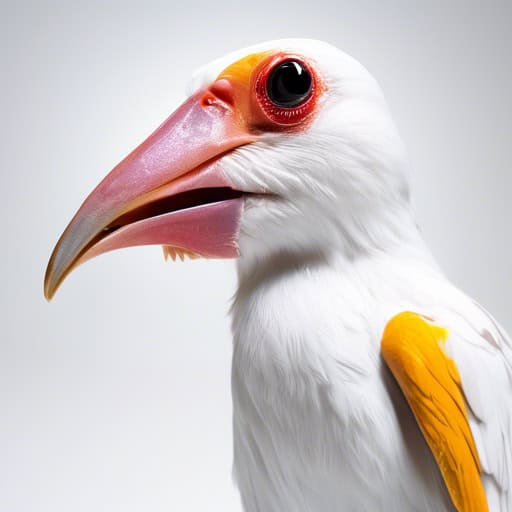
- The aggressive behavior of the alpha male wolf was evident during the pack's hunt for prey.
- The courtship behavior of the peacock involves displaying its colorful feathers to attract a mate.
- The erratic behavior of the rabbit suggested that it may be experiencing fear or stress.

- When faced with danger, animals rely on their instinct to fight, flee, or freeze.
- Instinct plays a crucial role in guiding animals to find food, shelter, and mates.
- The instinct to care for and protect their young is strong in many species of animals.
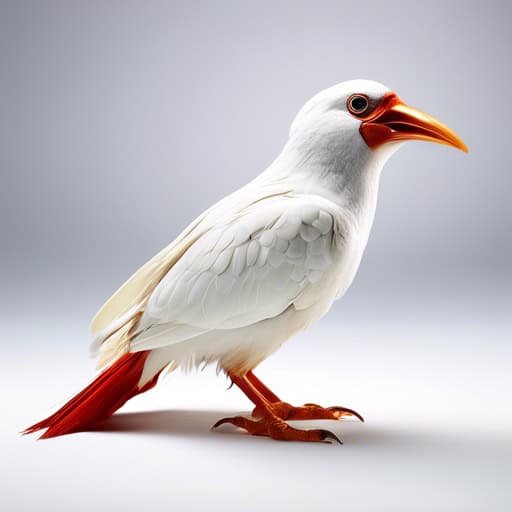
- The polar bear's thick fur is an adaptation that helps it survive in its cold Arctic habitat.
- Birds have developed the adaptation of migration to cope with changes in food availability throughout the year.
- The chameleon's ability to change color is a remarkable adaptation for camouflaging itself in different environments.

- Her social behavior at the party was quite engaging, as she effortlessly moved from group to group, striking up conversations with ease.
- The study of social behavior in primates has revealed complex patterns of communication, social bonding, and even altruistic behaviors.
- Understanding the role of genetics in shaping social behavior can provide valuable insights into how certain traits are passed down through generations.

- The wolves use howling as a form of communication to establish territory boundaries.
- Bees communicate with each other through intricate dances to indicate the location of food sources.
- Elephants use infrasound to communicate over long distances with other members of their herd.

- The male lion displayed territoriality by roaring loudly to mark his territory.
- The wolves exhibited territoriality by urinating around the perimeter of their den.
- The birds engaged in a fierce battle to defend their territoriality against intruders.
Quick Facts
- Zoology is the branch of biology that focuses on the study of animals, including their behavior, physiology, classification, and distribution.
- The study of zoology can be traced back to ancient civilizations, with Aristotle often considered the father of the field due to his extensive work on animal biology.
- Zoologists use a variety of techniques to study animals, including observation in the wild, dissection, molecular analysis, and computer modeling.
- There are over 1.5 million known species of animals on Earth, but scientists estimate that there may be millions more yet to be discovered.
- Zoologists play a crucial role in conservation efforts, working to protect endangered species and preserve biodiversity through research, education, and policy advocacy.
